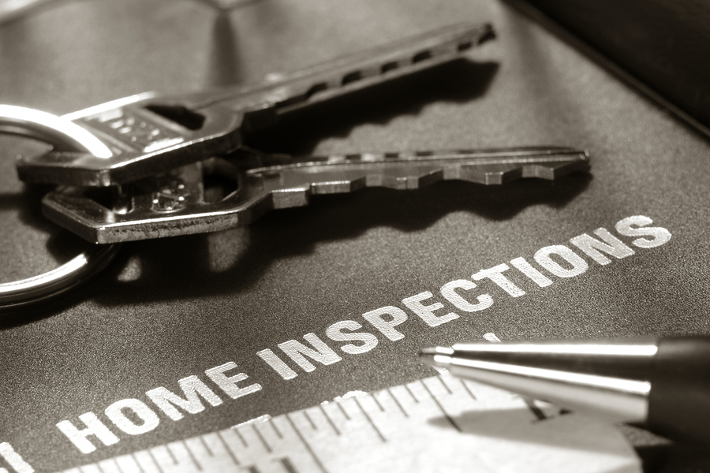All homes should have a home inspection
Even brand new homes should undergo a home inspection. After all, a home is the one of the largest financial (and emotional) investments a person will make. Therefore, home inspections are necessary, and it’s wise to have a professional home inspector do the job.
What Does a Home Inspection Include?
Generally, home inspections are included as part of the buyer’s contingency requests. It is to protect them from buying a home with hidden issues. Depending upon the agreement, sellers may be responsible for having the requisite inspection completed. However, the exact specifications will change based on several factors. They include relevant real estate law within the U.S. state where the transaction is taking place.
That being stated, home inspectors review two main aspects of the home with a particular focus on (note: this is not an exhaustive list; but, merely an illustrative overview):
The Home’s External Structure
- Grounds: check the structure of fences, general external landscape, and whether there are cracks in any pavement relevant to the property – e.g. driveways, steps, etc.
- Surfaces: review the outside of the house itself for cracks in external walls including the trim, the condition of any paint, stucco, or siding – making sure there is no sagging or stains – and whether or not external lighting is functional
- Structure: damage to the visible foundation, the condition of windows, the age and condition of the roof – e.g. missing shingles, decay, stains – in addition to the gutters, downspouts, chimneys, and skylights
The Home’s Internal Structure and Related Systems
- Interior rooms: walls, floors, ceilings, doors, doorways, windows, railings, and stairways are all checked for cracks, sturdiness (or in the case of windows ease of use), signs of rot, leakage, pest infestation and whether or not there is adequate insulation
- Kitchen: the appliances that are attached to the house – stoves, built in microwaves, dishwasher, etc. – are reviewed for damage or defect, the inspectors checks for plumbing leaks, water flow, ventilation flow, and the condition of the cabinetry
- Bathrooms: an analysis of the water flow, the condition of sinks, bath tubs, showers, toilets, floors, walls, tile, and whether there is a certain level of ventilation
- Plumbing: inspectors check all pipes that are visible, the water heater, hot water temperature, and any possible restrictions present in water flow
- Heating/Air Conditioning: they will make sure that heating and air conditioning have equal distribution throughout the house, no rust around the air or heating units, no asbestos or gas odor, and review the condition of the duct work
- Electrical system: all visible wiring is checked, the service panel is reviewed for possible capacity issues, and to make sure the fuses or breakers aren’t overheating – e.g. ground fault circuit interrupters
- Basement or attic (if applicable): all structures that are visible are reviewed for mold, stains, damage from insects, or sagging
Additional Elements to Bear in Mind
As can be determined by the length of this list, home inspections are best left to individuals who know exactly what they’re looking at. Specifically, inspectors need to know what they’re looking for. Bear in mind that a home inspection is not a valuation assessment on the home. However, it could be used as a factor in an appraisal. Neither is a home inspection meant to be a “to do list” between the buyer and seller.
The primary objective is to check the condition of the home. That is to determine if additional maintenance and repairs are needed before the new owners agree to continue the transaction. This shouldn’t be a surprise. The possibility of future structural or other issues is an expensive consideration. Finally, obtaining the services of a licensed home inspector with great reviews (whether via recommender systems such as Yelp or Angie’s List or by word of mouth) will be the best way to ensure a properly conducted and thorough home inspection.

